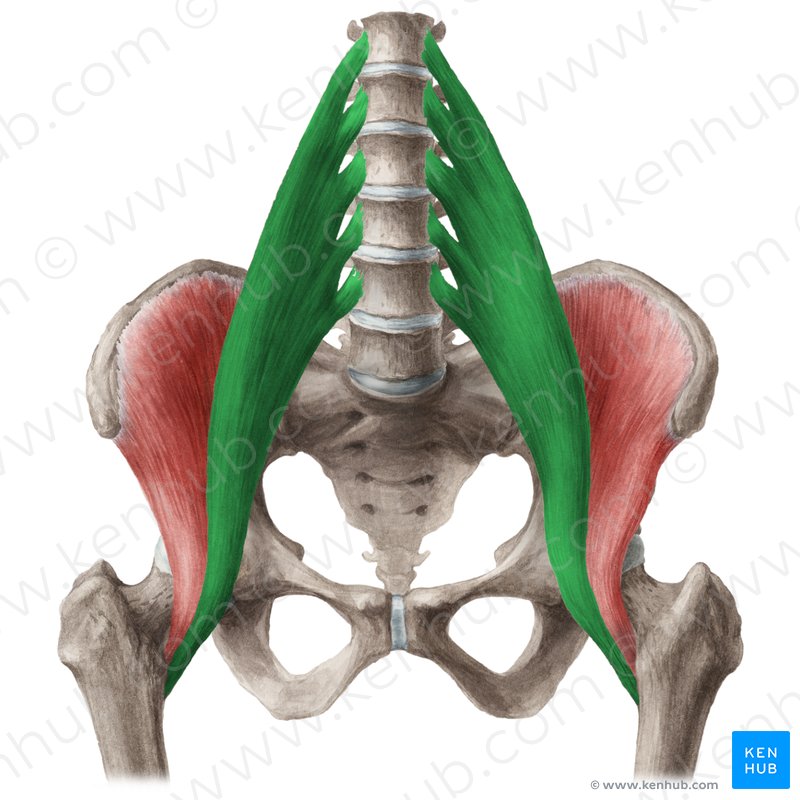Your Cart is Empty
October Sale! Up to 10-60% Discount on online courses!
October Sale! Up to 10-60% Discount on online courses!
October Sale! Up to 10-60% Discount on online courses!

February 08, 2019 5 min read
Are you acquainted with your psoas muscle? If not, you're not alone! Most people have never heard the word psoas before—even fewer could point to it on the body.
But despite its relatively low-profile, the psoas is one of the most important muscles we have, responsible for our physical, energetic, and emotional health.
The deepest muscle in the human body, the psoas is a core stabilizing muscle that connects our spine to our legs. It affects our balance, flexibility, muscular integrity...even the functionality of our organs.
Want to avoid chronic back and hip pain? A healthy psoas muscle is the way.
But the physical benefits of a healthy psoas are only the start. Often dubbed "the muscle of the soul" (especially within the Taoist tradition,) a healthy psoas muscle also grounds us to the earth, awakens our spine, and reconnects us to the life force of the Universe.
That’s pretty incredible, right?
While the psoas might not always get the attention it deserves, there's no denying this muscle is critical to our overall well being. Let's get to know the psoas muscle and its intriguing relationship to our physical and emotional body a little bit better:


Comments will be approved before showing up.
Sign up to get our latest tips, promotions, updates from the school and more...